Bison roundup conducted as usual after shutdown

Megan Strickland
Bison are herded to into corrals for their annual checkup at the National Bison Range in Moiese.

Megan Strickland
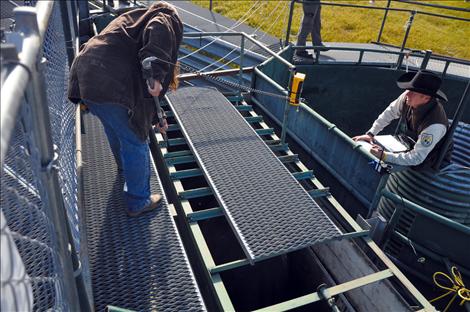
Megan Strickland
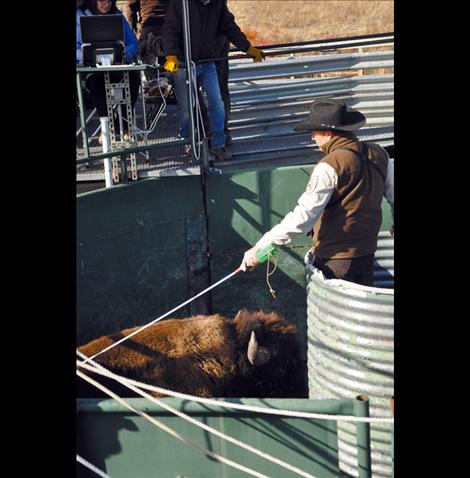
Megan Strickland
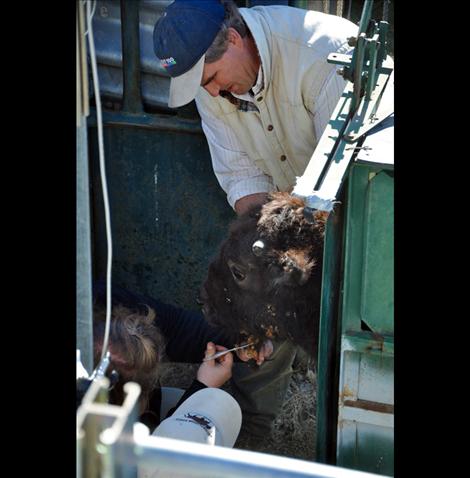
Megan Strickland
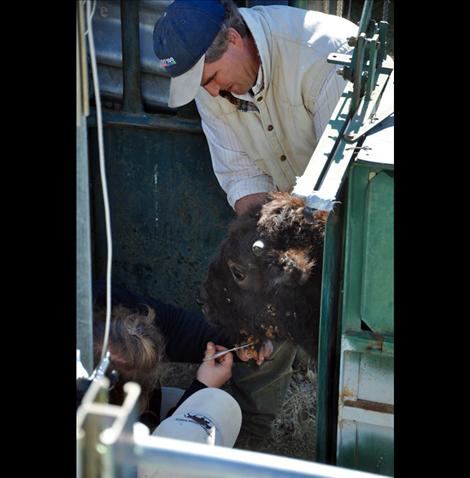
Megan Strickland

Megan Strickland
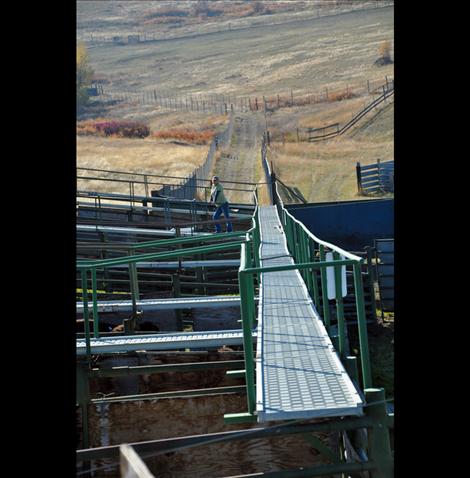
Megan Strickland
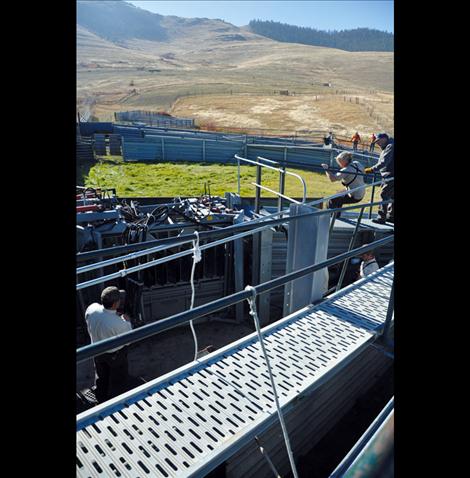
Megan Strickland
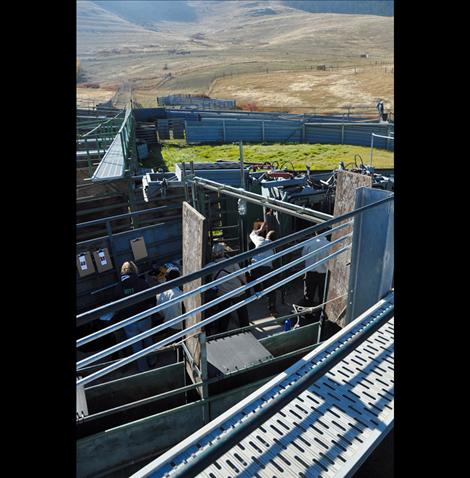
Megan Strickland

Megan Strickland
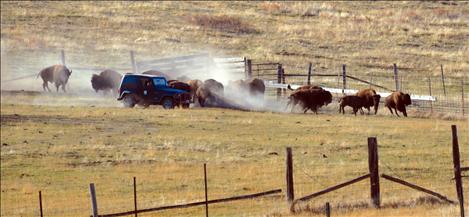
Megan Strickland

Megan Strickland
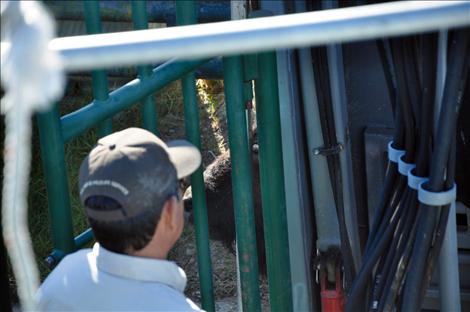
Megan Strickland
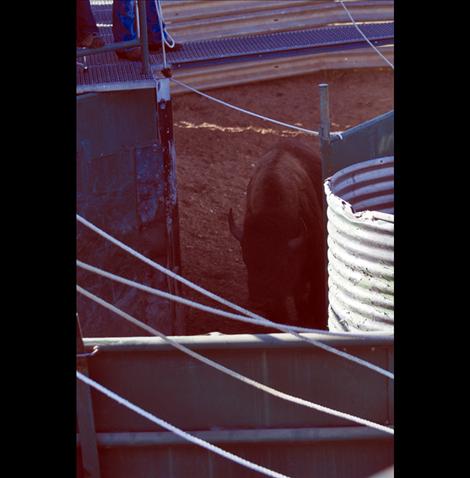
Megan Strickland

Megan Strickland
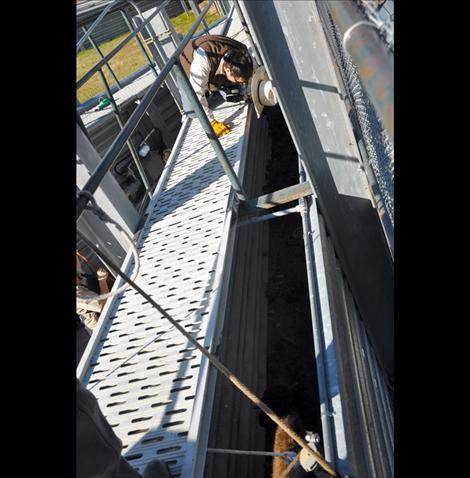
Megan Strickland
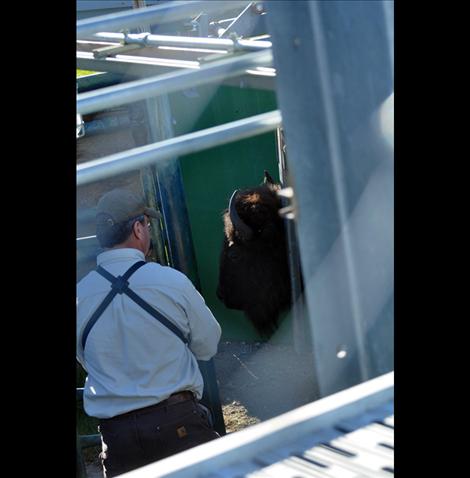
Megan Strickland

Megan Strickland
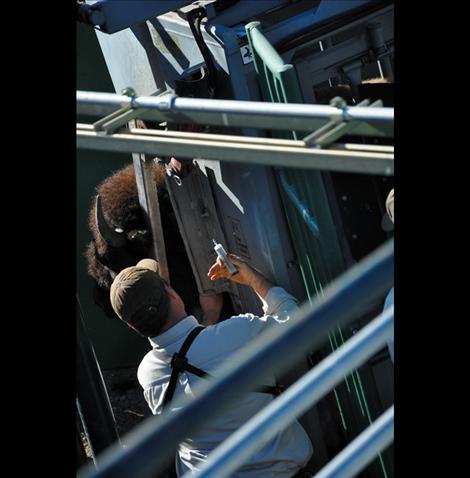
Megan Strickland
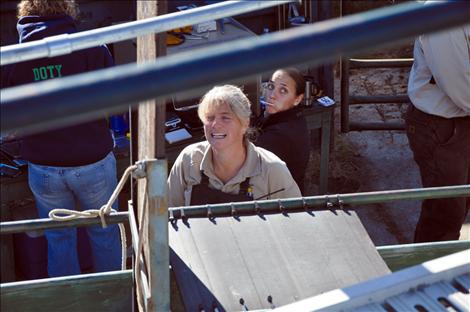
Megan Strickland
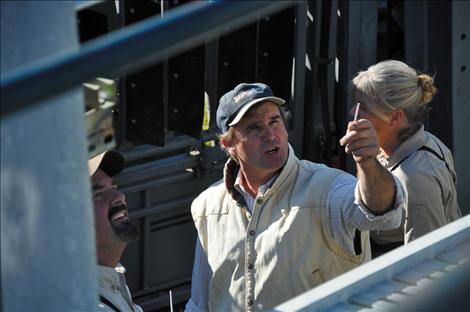
Megan Strickland
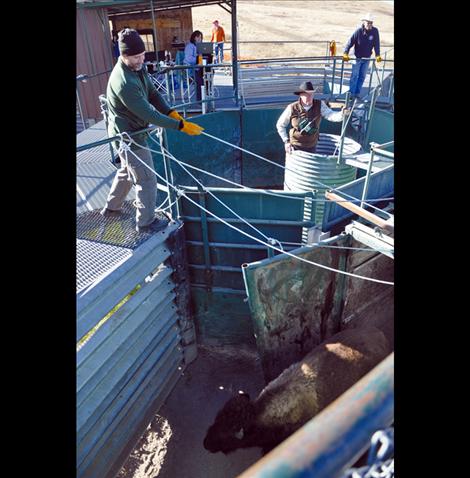
Megan Strickland
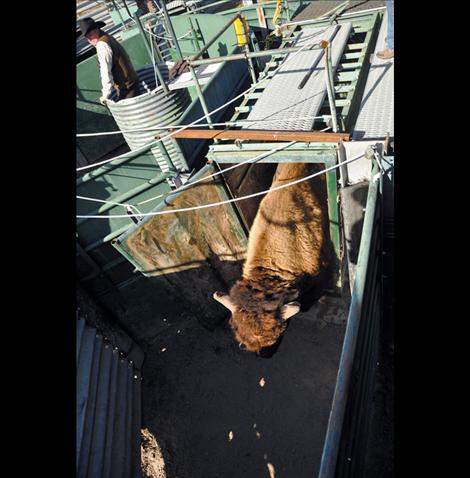
Megan Strickland

Megan Strickland

Megan Strickland
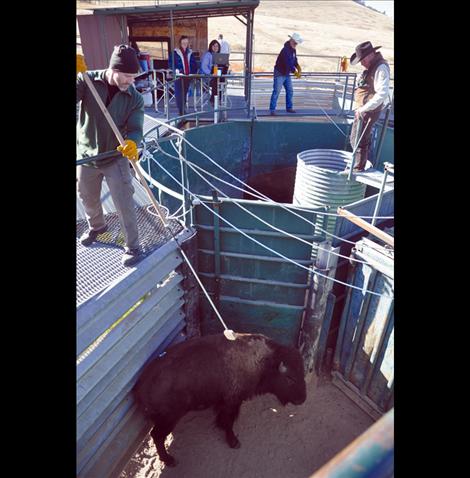
Megan Strickland

Megan Strickland
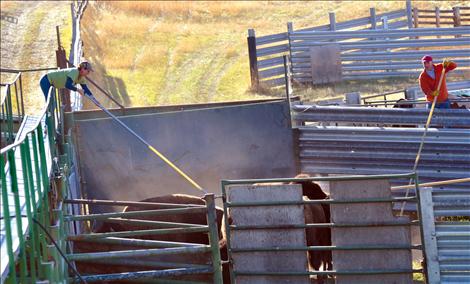
Megan Strickland

Megan Strickland
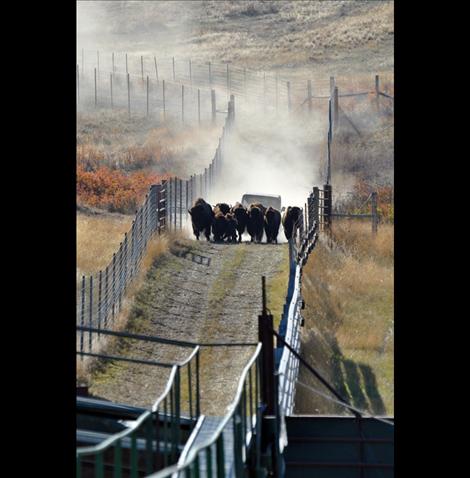
Megan Strickland
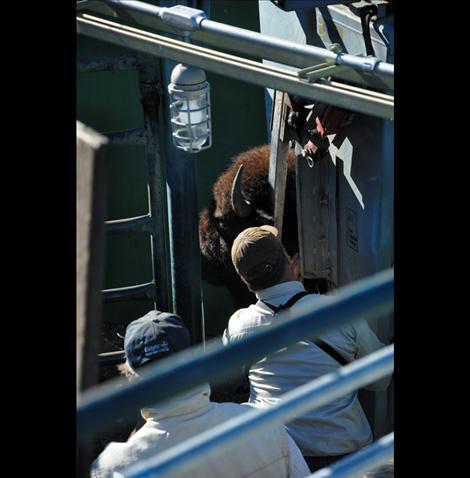
Megan Strickland

Megan Strickland

Megan Strickland
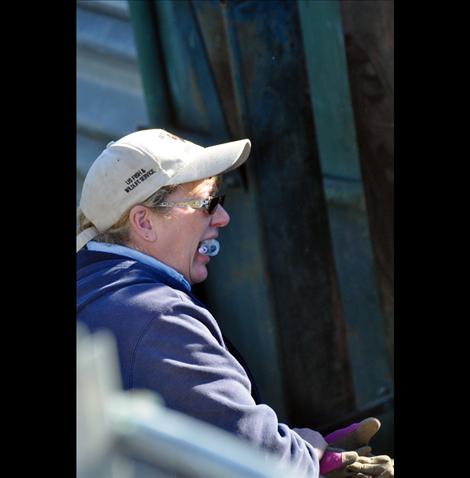
Megan Strickland
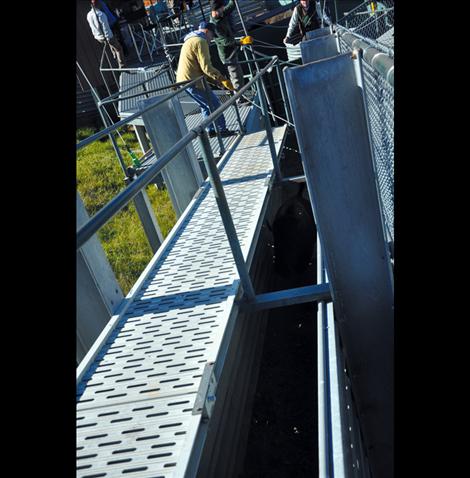
Megan Strickland

Megan Strickland
Issue Date: 10/30/2013
Last Updated: 10/30/2013 4:06:06 PM |
By
Megan Strickland
Keep Reading!
You’ve reached the limit of 3 free articles - but don’t let that stop you.















